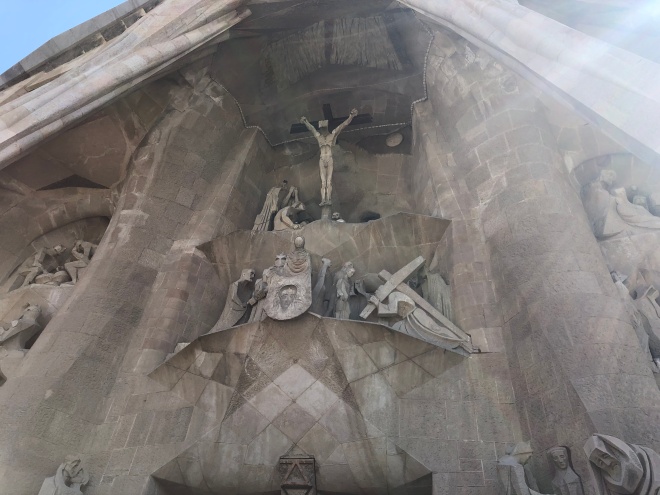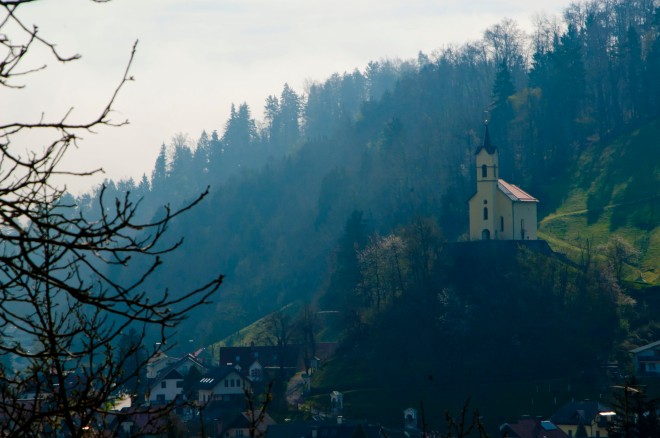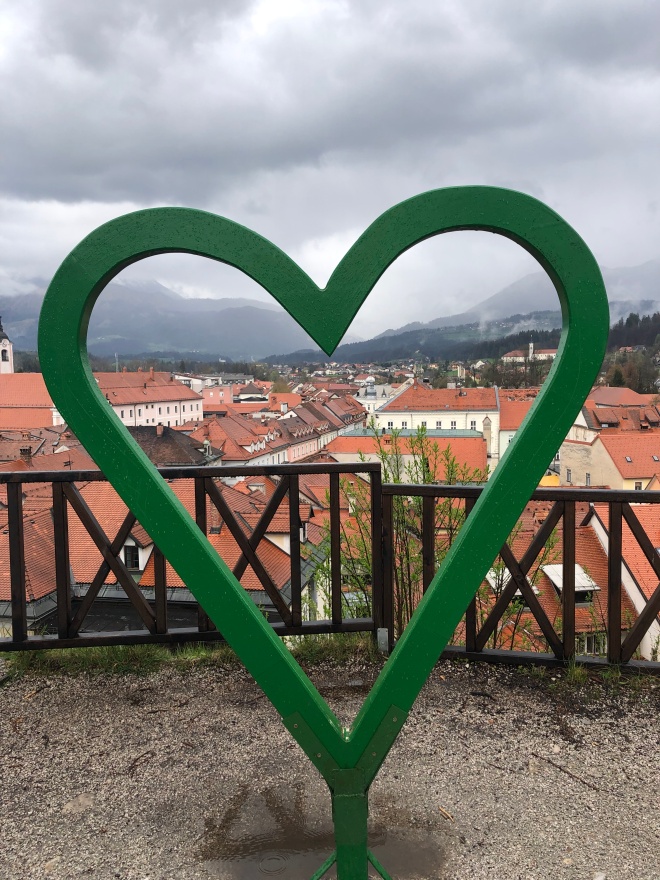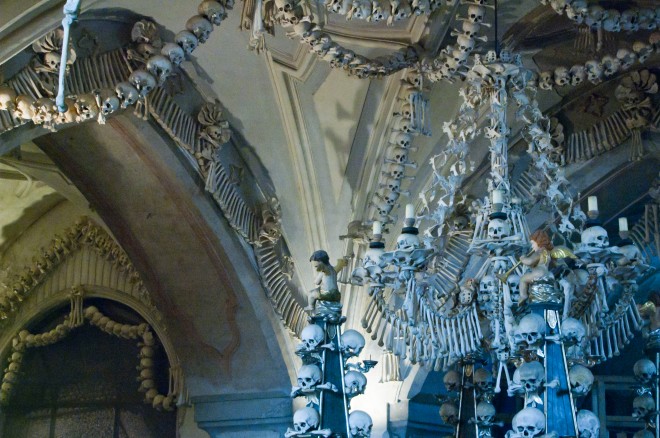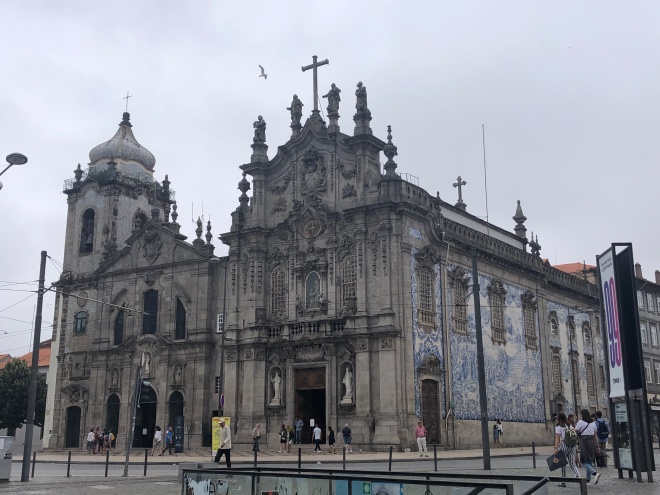
After 4 days in Porto, you get a strange sense that you understand a lot of the joy and humor here by looking into the tiny details in the city, and with those details, is the story of the tiniest home in Porto.
SO to understand this, you have to understand a little bit about church politics.
First, religion is political and – even after the inquisition – a lot of this region (and Europe as a whole) are still mainly Catholic and with the Catholic Church comes hierarchies, specific church regions, customs and laws, and the money that comes with these. Each church is a place for a person to come and worship but they are also businesses who need money to do their jobs – ie, house and feed the religious, do charity, keep the church clean, ect. Even if you don’t agree with the Church in other regards – or dislike this dispassionate look – It’s the truth.
In the 1750s, one way that churches brought in money to keep their parishes running was to be on a pilgrimage circuit. This could be very lucrative for the church, the parish, and the city and Porto was lucky enough to have Igreja dos Carmelitas.
I won’t go into every detail but basically, in the 1750s, another priest wanted to have his church benefit from this pilgrim road, so he bought the lot next to the over 100-year-old church, claiming he was going to build a convent and a hospital which the pastor of Igreja do Carmelitas had no issues with.
However, it soon became evident that the lot was to house a luxurious and beautifully constructed church and the pastor was, understandably angry. However, the new tenant claimed that what they were seeing was simply a misunderstanding – after all, every hospital has a chapel!
And so it went. Eventually, church law cam into it and a stipulation was found that mandates situations just like this: Two churches may not share a wall. And from the front of these two churches, it really looks like they do.
The new priest, then, brought them into the doorway between the two churches and into said priests house – The narrowest house in Porto which doesn’t allow the two churches to share any part of the same wall.
But now, they are famous for being beautiful and a little dramatic – you should pay attention to the newer tower on the furthest-most left of the churches: it was constructed to keep Igrejas dos Carmelitas stays the taller of the two.
You can tour the tiniest house and see where the priests lived as well as Igreja do Carmo, but remember, despite this story, these are still houses of worship and should be shown the respect they deserve.
This is Leave on the Wind, helping you soar.
